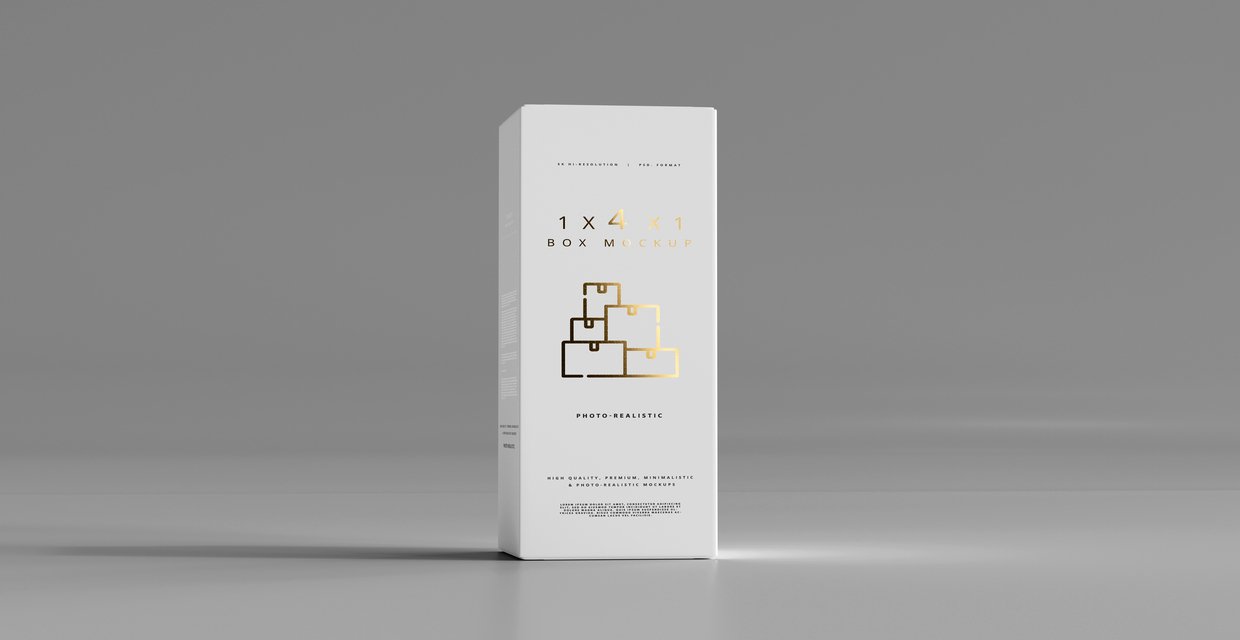Paying close attention to every single detail is essential while making a product. The success or failure of your customized bundle will depend on these crucial aspects. It’s also critical to choose the ideal typefaces for your custom box packaging. Make sure they have every aspect that makes your products appealing to buyers. It plays an important role in the personality of your brand and can affect how consumers view you. Popular fonts will be the focus of this article. In addition, it covers how to pick the best one for your gorgeous personalized packaging boxes.
What Does Typography Mean in Packaging Design?
The way that letters and text are arranged is called typography. As part of the overall packaging design, it incorporates a wide variety of font types, text layouts, text appearances, and sensations. The goal is to make it clear, visually appealing, and easily understandable in order to attract clients.
What Effect Does Font Selection Have on Product Packaging?
The design process requires the use of box typefaces. Any brand’s business objective should be reflected in the product packaging design. When used properly, the finest fonts create the ideal design for your personalized packaging. They make a great impact on your customers.
Which Font Types Are Best for You?
The typefaces and fonts you select have a big impact on the packaging’s appearance, feel, and design. Think about your brand’s appearance and tone. Consider! Is it fun or is it serious? Best print fonts can convey ideas and feelings as well. There are usually four different types of font styles.
1. Serif Font
Serifs are the first type of font that is ideal for printing. It has a traditional, solemn style. One of the most well-known font types in the serif category is Times New Roman. Professional, well-designed graphic content may now be created with a lot more alternatives. Nonetheless, these most often used fonts are most appropriate for books and newspapers.
2. Sans Serif Font
“Sans” means “without.” The distinctive line at the end of each letter of a serif font is absent from a sans serif font. One of the most frequent uses of a sans serif typeface is in advertisements from the nineteenth century. These fonts definitely communicate a more relaxed attitude and tone. Sans serif is commonly used for things that look more expensive, minimalist, or youthful. This font style is most commonly used in narrative situations in high-end product and device packaging.
3. Decorative Typeface
A broad variety of font styles, including stencil and grunge writing, are included in this type of script. Using these contemporary typefaces for different brand tones gives you greater creative options. You can stand out from the crowd by selecting gorgeous typography to make a statement. To build a brand, decorative typefaces are frequently employed in headers, book covers, billboards, and posters.
4. Script
Script typefaces are comparable to handwritten calligraphy, cursive, or other fonts. When these top letter typefaces are used, the packaging feels cozier and conveys a customized touch. Cursive handwriting fonts are very opulent and sophisticated. It is most commonly used for invitations and other papers that may require a more classic look.
How Do You Pick the Greatest Fonts for Brand Packaging?
When choosing appropriate fonts for packaging design, you should consider your brand’s reputation. For your branding, choosing the appropriate font with box is crucial. It aids in forging a powerful image of your business and the principles your product stands for. People get ideas about your product from the best typefaces you choose for marketing. There are many alternatives for both free and paid fonts, so you’ll have plenty to choose from.
Is the font you’re using readable?
The most readable fonts should be used on your custom-printed packaging boxes. Even when a font looks fantastic, it can occasionally be incredibly hard to read what it says. Depending on the font used, it might occasionally be difficult to read in some situations but easy in others. Depending on the typeface selected, boxed letter font readability can vary greatly. To make sure the font can be read consistently, you need to test it in a range of sections.
Does Your Font Come in a Variety of Weights?
Make sure the excellent fonts you choose come in a range of weights. Light, regular, semibold, and bold are a few examples. A few examples are light, regular, semibold, and bold. This lets you create a font family that matches text while highlighting variations.
Can You Change Your Font?
The typeface you choose for your package will essentially be stuck with you for a long time, especially if you order in volume. Changing the typeface on your product affects how well consumers remember your brand off the shelf, even if you don’t. As a result, you need to be sure that the fonts you choose for your product are good. They are sufficiently versatile to be applied to a range of media.
Does Your Packaging Complement Your Font?
In a similar vein, you must also make sure that the box typeface you choose is suitable for the type of packaging you are employing. For example, you’ll need bold professional fonts that won’t bleed or spread on the substrate if you’re printing straight onto cardboard. You can use thinner and more complex typefaces if you’re printing on plastic, giving you a little more creative freedom.
Does the font you use make an impact?
You should also make sure that the typeface you choose is remembered because it affects how unique your brand is. Your font must always be ingrained in their thoughts and intrinsically tied to your company. This relationship promotes the development of a loyal customer base and raises brand recognition.
Is the font fit for your business?
Finally, make sure the typeface you select complements your brand. Consider the character of your company while choosing a typeface. List three to five adjectives that best describe your brand to start. Get in touch with Print Monkey to find out more about incredible packaging.
In Conclusion: Make Your Font Count
Creating a memorable unboxing experience for your customers is your main goal as a product packaging designer. You can move one step closer to achieving your goal by choosing the right font for your design. Your product design will enhance your marketing efforts and increase brand recognition if you use the appropriate typeface. As brand familiarity rises, so does the conversion rate of potential customers. The primary objective is to increase conversion because it translates into corporate expansion.





